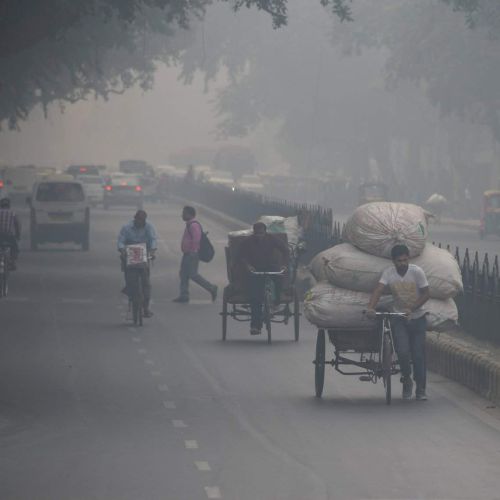The 6th Annual World Air Quality Report reveals troubling details of the world’s most polluted countries, territories, and regions in 2023. For this year’s report, data from more than 30,000 air quality monitoring stations across 7,812 locations in 134 countries, territories, and regions were analysed by IQAir’s air quality scientists.
Begusarai, India was the most polluted metropolitan area of 2023.
The top five most polluted countries in 2023 were:
Bangladesh (79.9 µg/m3) more than 15 times higher than the WHO PM2.5 annual guideline
Pakistan (73.7 µg/m3) more than 14 times higher than the WHO PM2.5 annual guideline
India (54.4 µg/m3) more than 10 times higher than the WHO PM2.5 annual guideline
Tajikistan (49.0 µg/m3) more than 9 times higher than the WHO PM2.5 annual guideline
Burkina Faso (46.6 µg/m3) more than 9 times higher than the WHO PM2.5 annual guideline
A total of 124 (92.5%) out of 134 countries and regions exceeded the WHO annual PM2.5 guideline value of 5 µg/m3. Seven countries met the WHO annual PM2.5 guideline (annual average of 5 µg/m3 or less): Australia, Estonia, Finland, Grenada, Iceland, Mauritius, and New Zealand.
Africa remains the most underrepresented continent, with a third of the population still lacking access to air quality data. Climate conditions and transboundary haze were major factors in Southeast Asia, where PM2.5 concentrations rose in nearly every country.
For the first time in the history of this report, Canada was the most polluted country in Northern America, with the region’s 13 most polluted cities located within its borders.
“A clean, healthy, and sustainable environment is a universal human right. In many parts of the world the lack of air quality data delays decisive action and perpetuates unnecessary human suffering. Air quality data saves lives. Where air quality is reported, action is taken, and air quality improves,” states Frank Hammes, Global CEO, IQAir.












